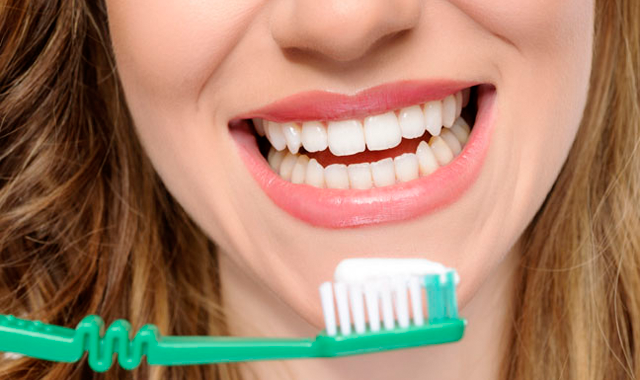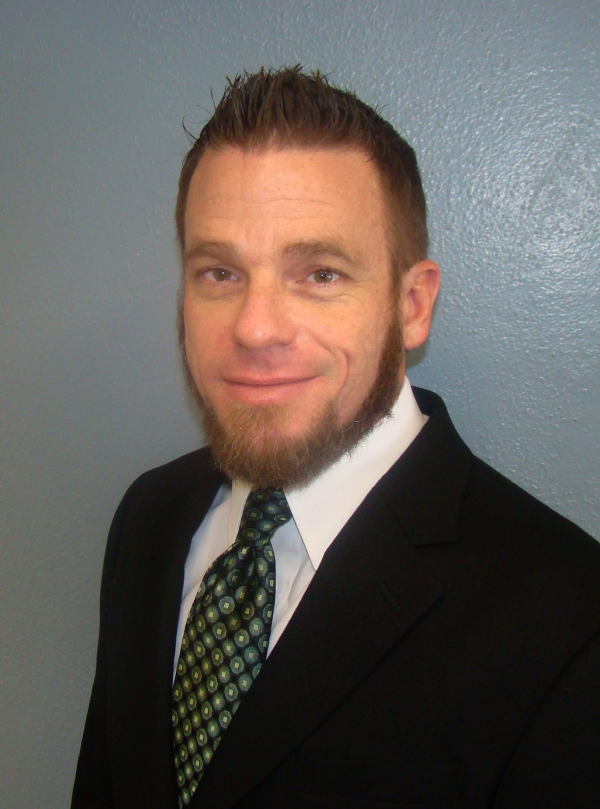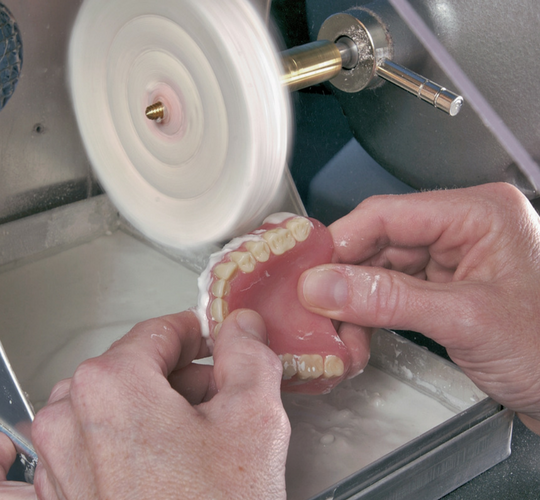 Have you ever wondered where your money came from? The journey it took to get in your hands? Most likely you would be amazed by the places it’s been and the distance it traveled.
Have you ever wondered where your money came from? The journey it took to get in your hands? Most likely you would be amazed by the places it’s been and the distance it traveled.
Did you know there is a website that will track your dollars journey? Wheresgeroge.com is a completely free site that allows you to register & log in your dollar bill’s serial number, giving you the ability to track its journey. The most entered bill has traveled 4,191 miles in just over three years. It has been everywhere from Dayton, OH to Fort Worth, TX to its last known location of Rudyard, MI. Can you imagine the hands that have touched it and the number of germs it carries. Yes, that dollar bill has to be filthy.
A recent study conducted at New York University tested dollar bills and found all different kinds of bacteria. In fact, NYU researchers identified 3,000 types of bacterial in all. Lead investigator, Jane Carlton, Ph.D. a professor of biology at NYU, believes this study will open up the discussion for health departments to analyze currency as another mode of transferring diseases. Carlton suggests that you wash your hands after handling money the same way you would after using the restroom. Because really, you don't know where that dollar has been.
But washing your hands with soap and water isn’t always convenient. As an alternative, hand sanitizers have become an increasingly popular and affective way to clean hands and are becoming a standard practice in the dental office. The CDC recommends that you use an alcohol based hand sanitizer that contains at least 60% alcohol. In addition, studies have found that sanitizers with an alcohol concentration between 60–95% are more effective at killing germs than those with a lower alcohol concentration or non-alcohol-based hand sanitizers. As always, for good hand hygiene practice, use before and after treating each patient, before putting your gloves on and after taking your gloves off.












Leave a comment